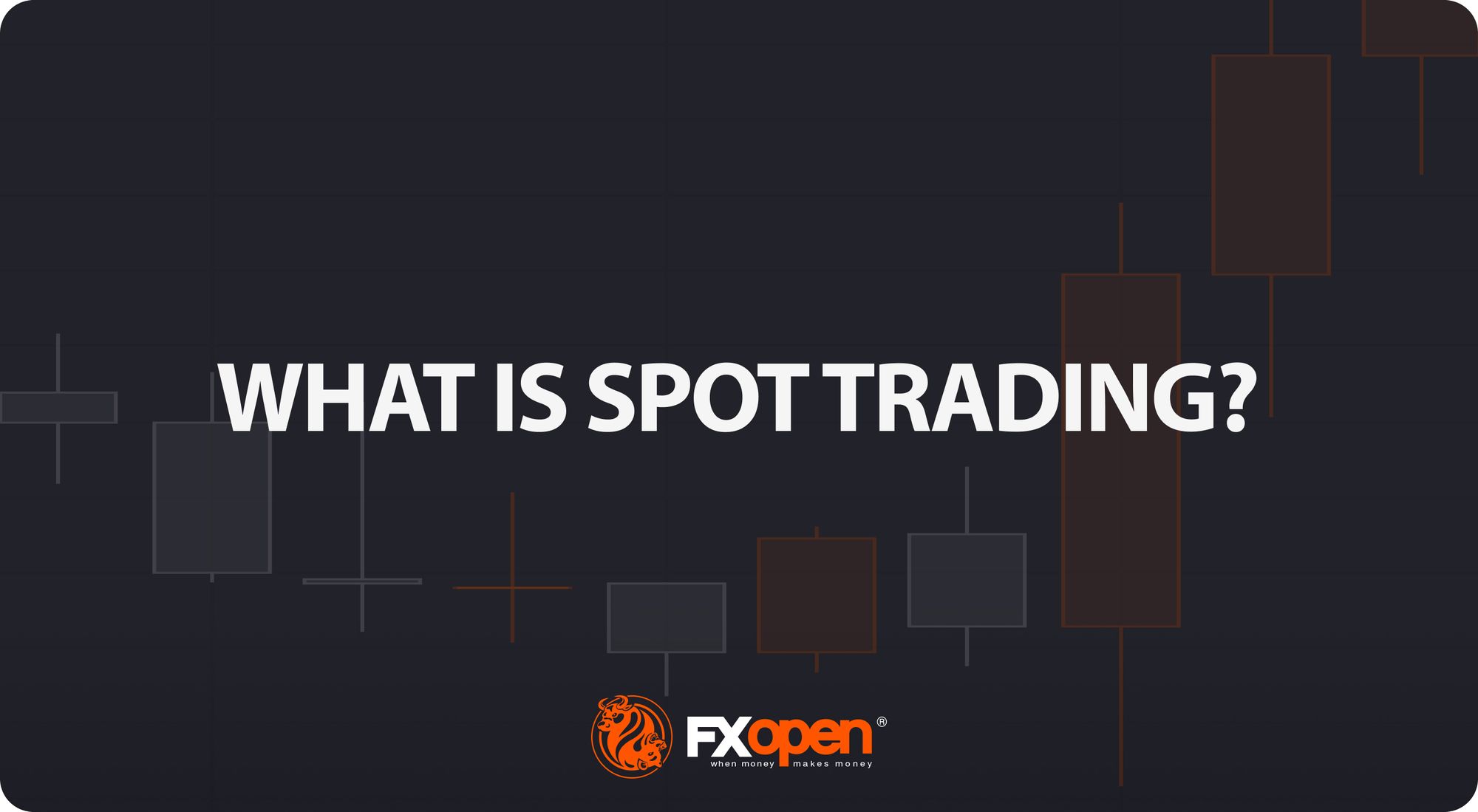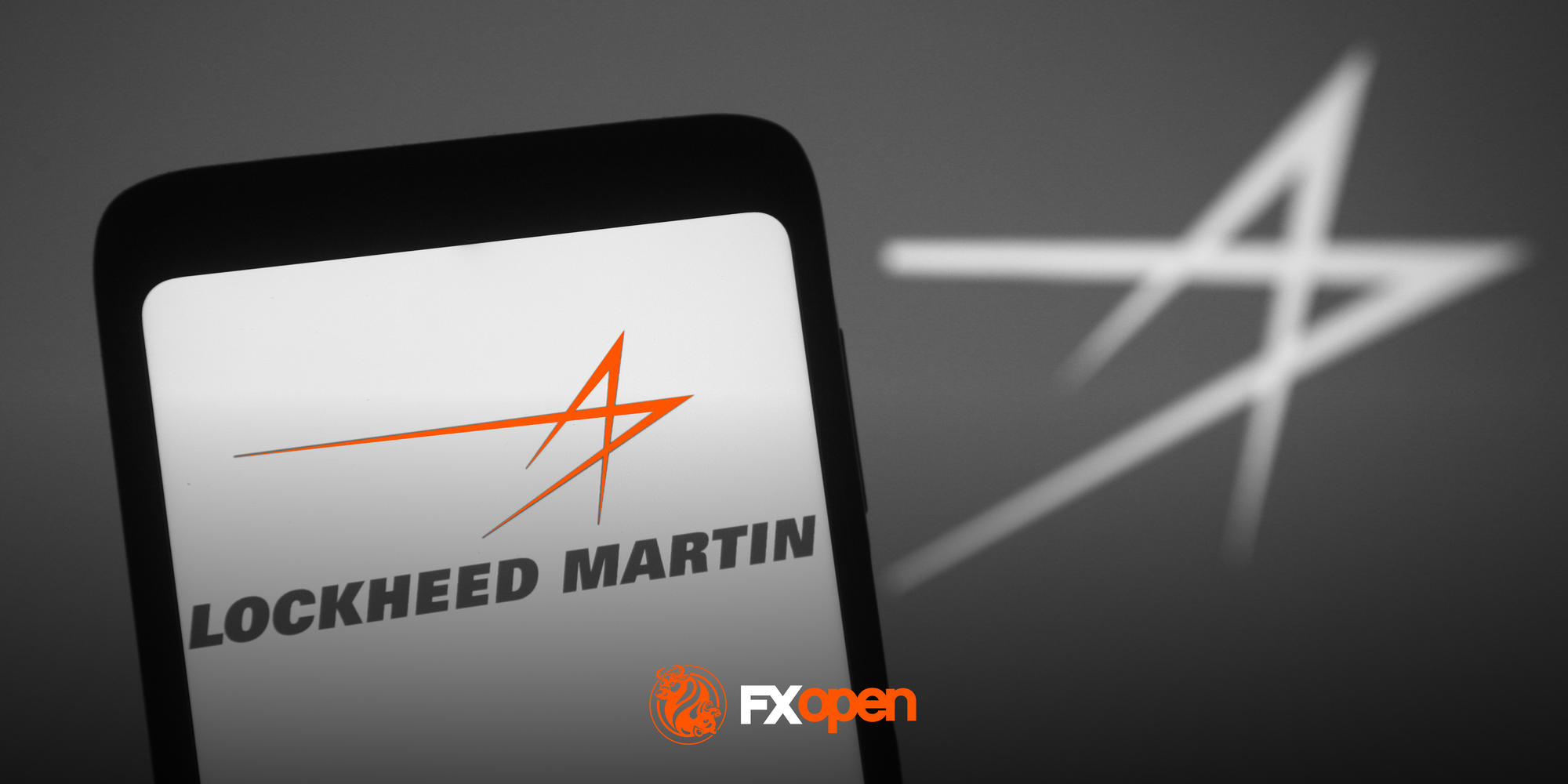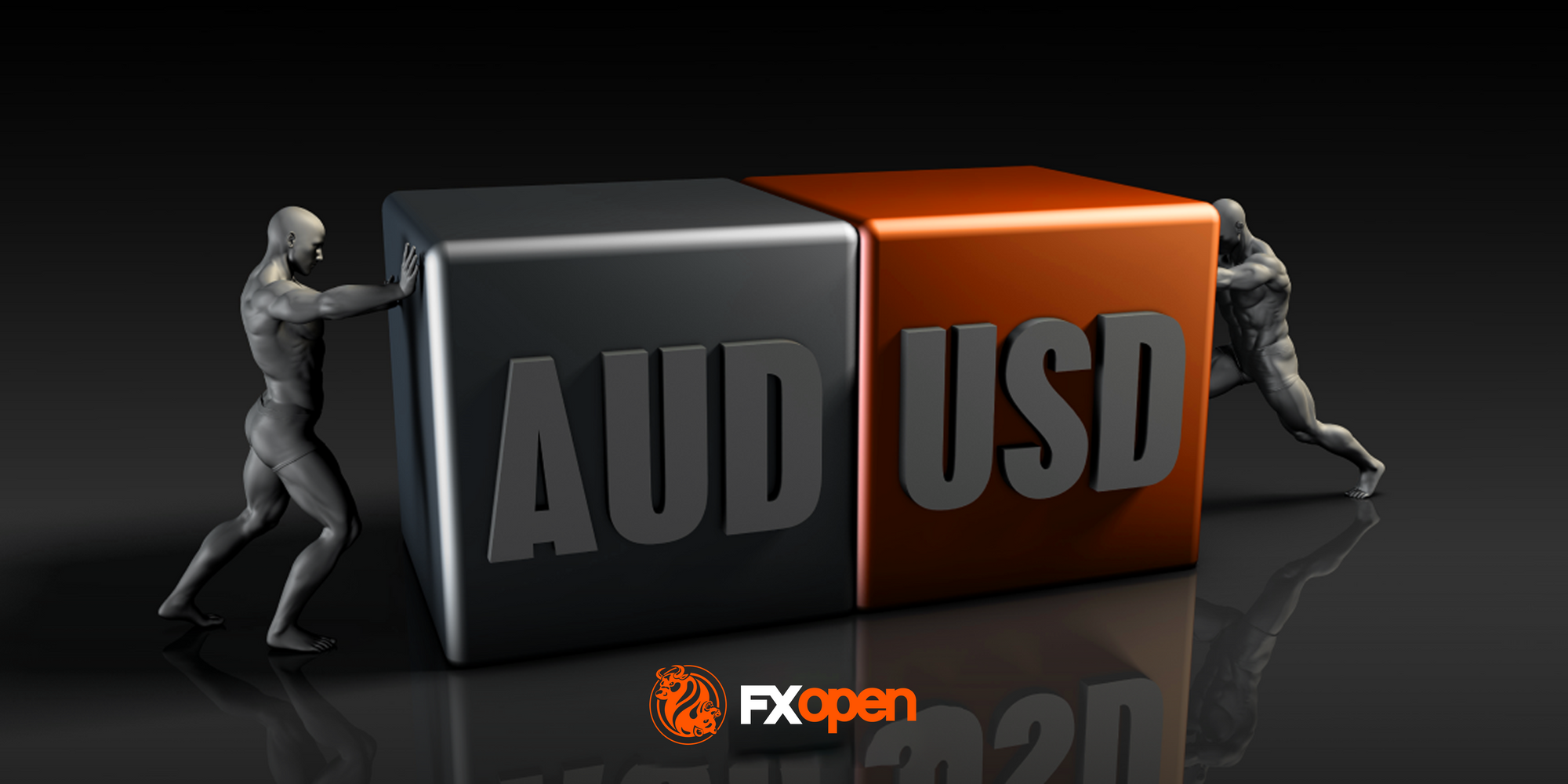FXOpen

Spot trading is a fundamental method of buying and selling financial instruments for immediate delivery at the current market price. This article delves into the key aspects of spot trading, comparing it to other trading methods and explaining its significance for traders.
Spot Trading: An Overview
So, what is spot trading? Spot trading refers to the buying and selling of financial instruments like currencies, commodities, stocks, cryptocurrencies* or other assets for immediate delivery. This means that buyers receive physical securities for cash. In practice, these assets are delivered within two business days, known as T+2 settlement (as of May 2024, many US assets are now settled within one business day).
Unlike futures or options, where contracts settle at a future date, spot trading is based on the current market price, known as the spot price. This real-time transaction process is why it's often called "on-the-spot" trading.
These markets are highly liquid, especially in sectors like forex, where the daily trading volume exceeds $6.6 trillion, making it the largest and most active market globally. The transparency and immediacy of spot trading appeal to traders who prefer straightforward transactions without the complexities of contracts tied to future dates.
How Does Spot Trading Work?
Here's a detailed look at how spot trading works.
1. The Transaction Process
The buyer and seller agree to exchange an asset at the current market price. It is determined by real-time supply and demand dynamics in the marketplace. Once the agreement is made, the trade is executed almost immediately, with the settlement typically occurring within a specified timeframe.
2. Participants
The market includes a wide variety of participants, ranging from individual retail traders to large institutional investors like banks and hedge funds. These participants interact in centralised exchanges (like the New York Stock Exchange for equities) and over-the-counter (OTC) markets, where trades are conducted directly between two parties without a central exchange. For instance, spot forex trading occurs in OTC markets.
3. Price Discovery
Price discovery is the process by which the marketplace determines the spot price through the continuous interaction of buy and sell orders. As these orders are matched, the spot price fluctuates in real-time, reflecting the collective assessment of an asset's current value. High liquidity potentially ensures that prices remain competitive and reflect the latest available information.
Some market participants use spot algorithmic trading. Spot algo trading involves using complex algorithms to exploit opportunities that may be uniquely found in spot markets.
4. Leverage and Margin
While this type of trading generally involves the full upfront payment for the asset, some markets allow for margin trading. This means traders can borrow funds to open larger positions than their available capital would normally allow. However, using leverage increases both potential returns and risks, as losses can exceed the initial investment.
5. Execution Venues
Spot transactions can occur on exchanges or in OTC venues. On exchanges, trades are executed through an order book, which matches buy and sell orders. Spot trading in crypto* works with the same principle, matching buyers and sellers of a particular cryptocurrency*. In contrast, OTC trades are negotiated directly between parties, often offering more flexibility but sometimes less transparency.
Key Features of Spot Trading
Spot trading is characterised by several distinct features that make it a popular choice among traders across various financial markets.
- Immediate Settlement: Spot trading involves the purchase or sale of assets for immediate delivery. While "immediate" often means within two business days (T+2), in some cases, such as the forex market, transactions settle as quickly as the next business day (T+1). This feature contrasts sharply with futures or forward contracts, which settle at a predetermined date in the future.
- Real-Time Pricing: Spot trades are executed at the current market price, which reflects the most recent value at which buyers and sellers agree to buy and sell the asset. Because of this, spot prices are highly responsive to market conditions, frequently updating to reflect supply and demand.
- High Liquidity: These markets, particularly forex and commodities, are known for their high liquidity. This liquidity means that trades can potentially be executed quickly with minimal slippage.
- Simplicity and Transparency: Spot trading is straightforward, as it involves no complex contracts or future obligations. The transparency in pricing—where participants can see real-time changes—adds to the appeal, especially for those who value clear and direct transactions.
- Global Accessibility: Spot trading is accessible across multiple platforms of centralised exchanges and OTC venues. This accessibility allows a diverse range of participants, from retail traders to institutional investors, to engage in the market.
Spot Trading vs Contracts for Difference
Although spot trading has many advantages, many retail traders prefer to interact with Contracts for Difference (CFDs). CFDs are derivatives that allow traders to take advantage of movements in the underlying asset’s price without owning the assets.
Ownership vs Speculation
In a spot transaction, traders buy and sell the actual underlying assets, such as currencies, commodities, or stocks, and take ownership immediately or within a short settlement period. For instance, spot trading of gold, currency, or oil means actually taking delivery of the asset, which may be difficult as traders need to store it somewhere.
Conversely, CFDs are derivative instruments that allow traders to speculate on price movements without owning the underlying asset. This means that with CFDs, traders can potentially take advantage of both rising and falling markets without needing to manage the actual delivery of assets.
Leverage and Margin
CFDs offer leverage, allowing traders to open positions much larger than their initial investment. Although this increases potential returns, it also magnifies the risk of losses. Spot trading, on the other hand, typically requires full payment for the asset upfront, which means no leverage is used unless the trade is conducted on margin, which is less common.
Costs
In a spot transaction, traders usually face costs like spreads, commissions, transaction fees, and sometimes exchange fees. CFD trading often includes spreads, commissions, and overnight financing charges for positions held beyond a single trading day. These costs can impact the overall effectiveness of long-term CFD trades.
Market Access and Flexibility
CFDs offer access to a wide range of assets, including shares, indices, commodities, and forex, often from a single platform. This flexibility is a key advantage for CFD traders, enabling them to diversify and manage their portfolios efficiently. Spot trading, while straightforward, may require different accounts or platforms to trade across various asset classes.
Spot trading and Contracts for Difference (CFDs) are two distinct methods for engaging in financial markets, each with its own characteristics and advantages.
If you prefer CFD trading, head over to FXOpen’s free TickTrader platform to explore more than 700 assets.
The Bottom Line
Spot trading is a fundamental aspect of financial markets, offering transparency, immediacy, and direct access to real-time pricing. Understanding its mechanics can empower traders to navigate markets effectively. However, if you don’t want to deal with delivery difficulties spot trading bears, start trading CFDs. Consider opening an FXOpen account today and trade with a broker you can trust. Enjoy low-cost and high-speed trading of many assets via CFDs.
FAQ
What Does Spot Mean in Trading?
Spot trading meaning refers to the immediate purchase or sale of a financial instrument at the current market price, known as the spot price, for delivery. Spot transactions typically settle within one or two business days (T+1 or T+2).
What Is the Spot Market?
The spot market is a venue for trading assets with immediate delivery. Spot market transactions are settled "on the spot" at the current market price. Here, you can trade various assets such as currencies, commodities, and shares.
What Is an Example of a Spot Transaction?
An example of a spot transaction is the purchase of a currency in the forex market. If you buy EUR/USD at the spot exchange rate, the trade will typically settle within two business days (T+2), meaning the euros will be delivered to your account within that timeframe.
What Is a Spot Contract?
A spot contract is an agreement to buy or sell an asset at the current market price with immediate delivery. Unlike futures contracts, which specify a later delivery date, spot contracts are settled quickly within a specific timeframe.
*At FXOpen UK and FXOpen AU, Cryptocurrency CFDs are only available for trading by those clients categorised as Professional clients under FCA Rules and Professional clients under ASIC Rules, respectively. They are not available for trading by Retail clients.
This article represents the opinion of the Companies operating under the FXOpen brand only. It is not to be construed as an offer, solicitation, or recommendation with respect to products and services provided by the Companies operating under the FXOpen brand, nor is it to be considered financial advice.
Stay ahead of the market!
Subscribe now to our mailing list and receive the latest market news and insights delivered directly to your inbox.








